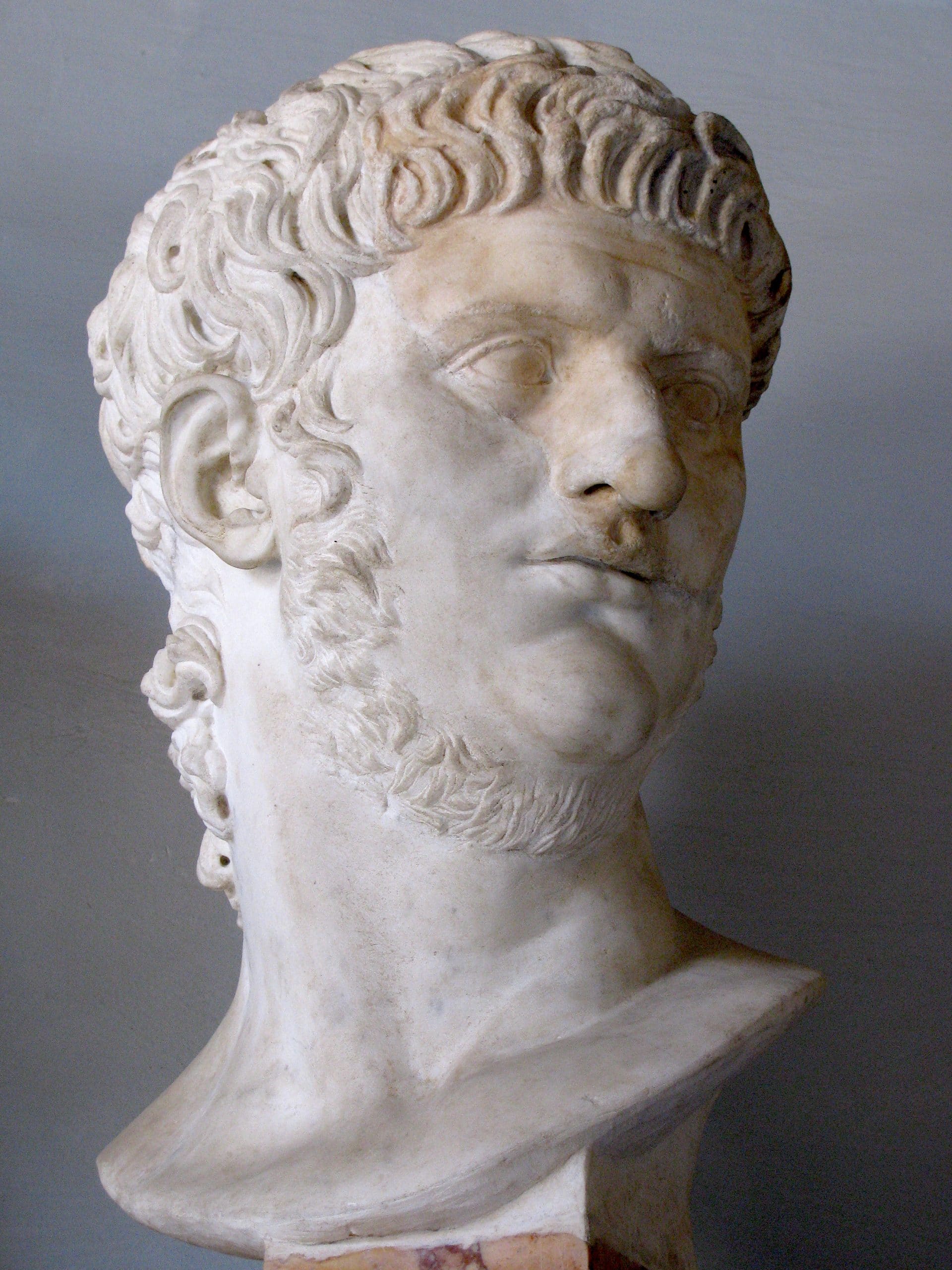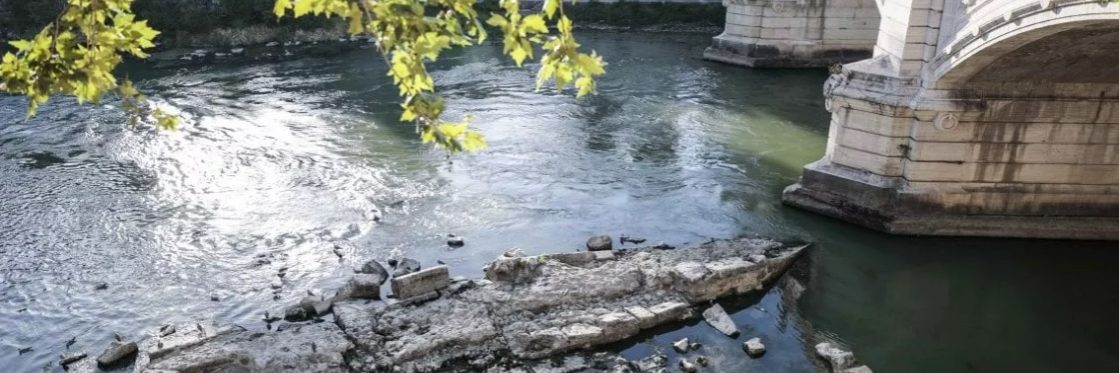The bridge has been known about for centuries but is only visible when the water level decreases. Source: Cristiano Minichello.
The remains of the Bridge of Nero have been uncovered but in a surprising twist experts say that it may have been built before the Roman emperor’s rule.
Archaeologists have known about the Bridge of Nero or known as the Pons Neronianus for a while but have struggled to study it because it’s always been under water level.
However, with multi-year droughts happening in Italy, it’s given them the opportunity to do a little more research with Nichola Temple of architectural history at London Metropolitan University telling Live Science what they know about the bridge.
“The origins of the bridge are uncertain, given that it is likely a bridge existed here before Nero’s reign and therefore the Pons Neronianus was probably a reconstruction of an earlier crossing,” she said.
According to researchers, it would make sense that previous historians believed this to be from Nero’s reign because of the “extensive gardens and properties” he had in the area.
But one thing they agreed on, was that the bridge was built in a terrible place.

Classics professor at the University of Texas Rabun Taylor said it was “built on a tight bend in a flood plain”.
“River bends cutting through pure sediment tend to wander and changes shape, so their banks are prone to losing contact with bridge abutments.
“That’s probably what happened to Nero’s bridge- and it may well have happened by the mid-200s A.D, less than two centuries after Nero’s death.
“The bridge was [probably] dismantled at about that time, and the stone piers were reassembled to create a new bridge in a more stable area downstream.”
Its significance, according to Ms temple was both militaristic and religious.
“The Pons Neronianus was both strategically and symbolically important. [It] has potentially a double significance, as the crossing point into Rome of triumphal armies, and in the opposite direction for St. Peter’s journey to the site of crucifixion.”
Nero ruled from 54 AD to 68 AD and was not highly favoured by all Romans. He reportedly was known for his tyranny, opulent life, and cruelty.





